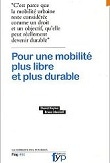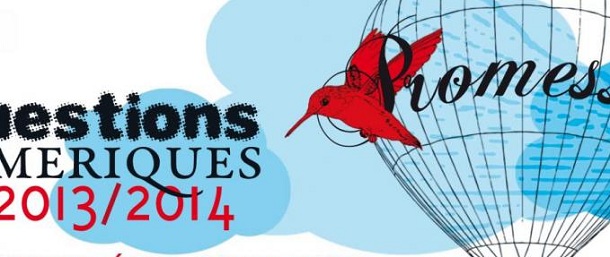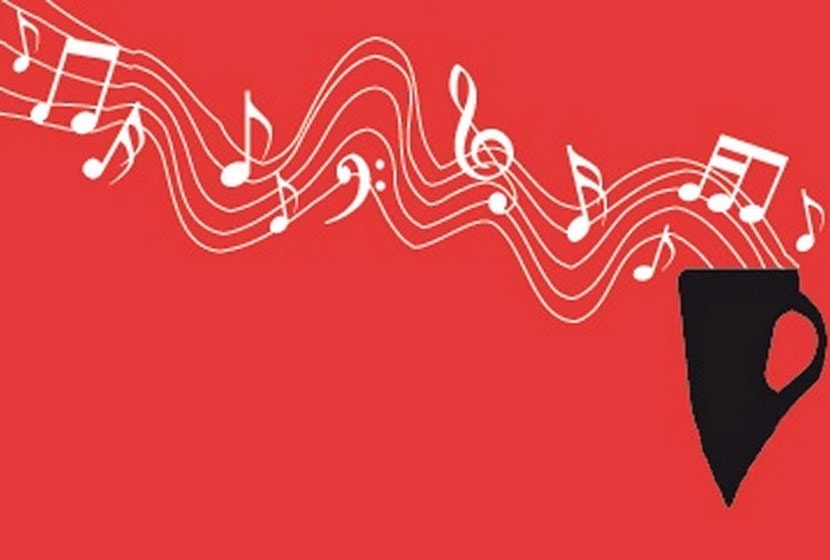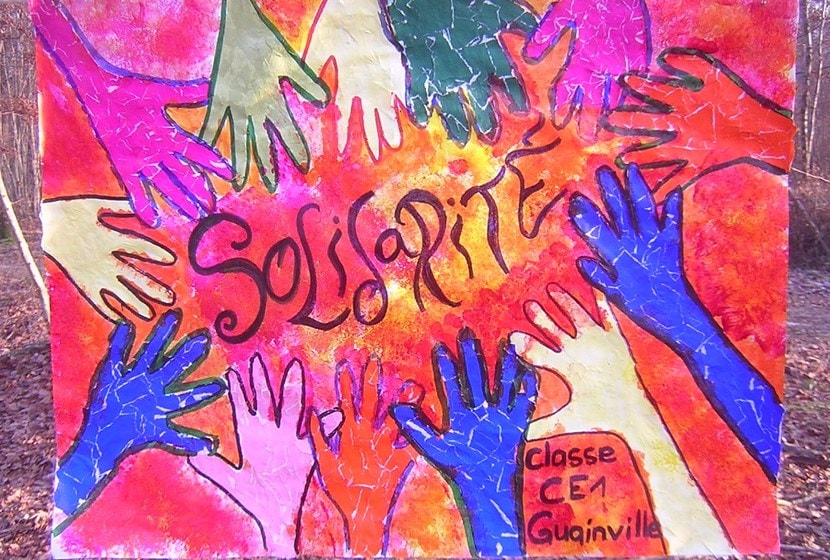The transition from mono-modal to multi-modal and trans-modal, from transport tool to lifestyle, the development of shared cars and bicycles, the appearance of cybercars... The new forms of mobility are a melting pot of innovations.
 From all automotive to combination of modes
From all automotive to combination of modes
The model of the individual combustion car, which was, in the 20th century, a symbol of freedom and social success and the paragon of door-to-door service, has found its limits, mainly for economic and environmental reasons.
In France, transport emissions increased by 19% between 1990 and 2007, mainly due to the increase in road traffic and urban sprawl. 82% of the kilometres travelled are by car (10% by train). (Source: National Transport Accounts Commission).
It is now necessary to reduce the budget allocated by households for their daily travel, which, because it weighs heavily on the most modest, is a factor of social segregation. It is also a question of limiting CO2 emissions and energy consumption, restricting the use of cars in public spaces and limiting traffic jams, which are a source of stress, waste of time and money, and pollution.
The stakes are high: by 2050, polluting emissions will have to be divided by 4, an objective that the Regional Climate Air Energy Schemes are working towards.
"It is important to understand that on a congested roadway, at almost the same flow rate, the harmful effluents are two to four times greater than on a fluid roadway. Emissions are more than twice proportional to the time the vehicle is in transit. This is considerable! "explains Alain Bonnafous, Professor Emeritus of the University of Lyon 2, researcher at the Transport Economics Laboratory.
However, the development of public transport, a priority of the Grenelle Environment Round Table, offers an effective alternative solution for only a part of the demand for mobility - mainly in dense areas.
It is therefore necessary to open up the range of modal offer, which cities have already done to a large extent by promoting soft modes, for example.
Optimising the mobility of an area is therefore no longer the search for the "ideal mode", but the variety of modes, fast and slow, mechanised and gentle, individual and collective, etc.
"The broadest possible multi-modality is now essential: it must be considered as a principle of urban ecology, as modal diversity is, for the urban ecosystem, an equivalent of biodiversity for natural ecosystems," says Georges Amar in his book Homo mobilis, le nouvel âge de la mobilité (Homo mobilis, the new age of mobility).
To go further :
- Read the interview with Alain BonnafousProfessor Emeritus of the University of Lyon 2, researcher at the Transport Economics Laboratory
Photo credit: Plug ©Ministère-de-l'équipe-Suard
 Modal transmutation
Modal transmutation
If the evolution of uses suggests this shift from ownership to the sharing of modes of transport, it is intelligent mobility or smart mobility that makes it possible.
If I can share a vélo'v or a car2go, it's because an information system seems to me to locate and use them.
"The information, by changing from data or instruction manual to software status, becomes the instrument of modal transmutation. The software transmutes the machine: you go from the car to the co car which is not at all the same" explains Georges Amar.
For the futurist, transmodality, understood as the crossing of categories and the blending of concepts, is a field of innovation, the first examples of which are carpooling, the paedibus (blending of school buses and walking), shared bicycles, the BRT (blending of buses and metro initiated in Curitiba, Brazil) or the tram-train.
"In the city of tomorrow, the number of modes of transport will be 50 or 60, not 4 or 5! These mobilities will be in addition to transmodal mobilities. There will be physical and virtual, slow and fast, individual and collective; all of these will intersect happily. This is why we will have dozens and dozens of ways of being mobile. And that's what makes a city lively," says the former director of RATP's Foresight and Innovation Development Unit.
To go further :
Read the interview with Georges Amarformer Director of the Foresight and Innovation Development Unit at RATP, mobility consultant and prospectivist.
Photo credit : E-Bike-by-EH-LINE ©2012-G.-Chardonnens
 From Transport to the Mobile City: From Possession to Use
From Transport to the Mobile City: From Possession to Use
The emergence of the concept of mobility - which now takes precedence over that of transport or travel - reflects a change in usage and, at the very least, a change in point of view. Transport is a tool, a piece of equipment, which implies a certain passivity on the part of the person being transported. Mobility is an attribute of people (and objects, even societies and territories). Understood as a skill, it enhances the active character of the mobile person. For George Amar, mobility has even become "an almost human and citizen's right. Mobility for all and each one his own mobility, such is the watchword of contemporary society".
This implicit inclusion of mobility in the category of social rights is also, for the prospectivist, the expression of a profound societal evolution: "mobility is now the standard way of life in contemporary society and economy".
The subject himself becomes a vector; he navigates in a space of mobility; he is a co-producer of his mobility. This conceptual mutation is reflected in a major phenomenon: the decorrelation between the possession of an automobile object and the use of a mobility service. The model of the owner car that is pampered and whose horsepower is displayed as a symbol of virility or an outward sign of wealth is certainly still tenacious, but is losing momentum.
No more need to own your mode of transport: I use the mode that suits me at the right time.
Pierre Soulard, head of the Urban Mobility Department at the Greater Lyon Highways Department, observes this trend in the Lyon metropolitan area. For him, "this decorrelation is at the heart of new travel habits such as car sharing, car pooling or self-service bicycles".
To go further :
Read the interview with Pierre Soulard, head of the Urban Mobility Department at the Greater Lyon Roads Authority.
Photo credit : La-VOLTEIS-par-Stark-2 ©2012-G.-Chardonnens
 Innovative vehicles: cybercars and electro-mobility
Innovative vehicles: cybercars and electro-mobility
Before the multiplication of these mutant mobilities, a generation of innovative vehicles, whether thermal, electric or hybrid, has already appeared on the automotive market. Many of these models are reinventing mobility systems that are widely used in some countries, including China and India, such as the bicycle taxi or the rickshaw.
This is the case of the Japanese Kei car, the Smart, the MP3 format with bodywork (BMW, Peugeot) or small compact cars for 3 to 4 people (less than 3 meters) which limit the congestion of the roads and parking.
Adapted to contemporary living conditions, these small and light vehicles consume less energy. "In urban or suburban traffic, a 600 kg car needs half the energy to travel than a conventional 1200 kg car," notes the report on new mobilities from the Centre d'analyse stratégique.
The most forward-looking vehicles are the "cybercars" to which design historian Constance Rubini devotes a chapter in her book "The Mobile City". These vehicles with automated driving operate as a fleet and communicate with each other. The IMARA research team at the French National Institute for Research in Computer Science and Control (INRIA) is working on the development of these vehicles of the future, some prototypes of which are in the test phase. What remains to be done is to perfect their ability to detect obstacles so that they can be used in the city. The Chenillard is a project for a small automated urban car for two or three people who could get to the desired address on a simple call. Powered by an electric motor, it would draw its current from a rail integrated into the ground, as some trams do. Finally, the ANTMBL is a project for an automated driverless vehicle, powered by electricity and solar energy, in which passengers will be like in a living room. (Source: Constance Rubini, La Ville mobile, Editions Cité du design, February 2012)
During the Geneva Motor Show of March 2012, several new 100% electric models have already been presented, such as Renault's ZOE and TWIZY, Nissan's LEAF, SynergEthic's TILTER (three-wheeled vehicle), Citroën's C-ZERO and Ford's E-BIKE CONCEPT electric bicycle.
With a range often limited to 150 km, these small urban electric vehicles require a battery recharging infrastructure to be set up in the areas concerned. "We need electro-mobility in the city, because it means a quieter, less polluted and less stressful street," emphasizes Gilles Vesco, Vice President of Greater Lyon in charge of New Mobilities. The elected representative points out that electro-mobility is already largely a reality in Lyon's public transport network since 73% of journeys are made in electric mode.
This proportion must now be increased and accompany the arrival of individual or shared electric cars. "We need to prepare for the arrival of electric cars in Lyon's car parks," he explains. The imminent arrival of hybrid and rechargeable electric vehicles in urban areas highlights the need for dialogue between manufacturers, operators and local authorities in order to identify and implement the most effective support measures.
Another recent innovation: As part of the "Smart Community" demonstrator project developed by NEDO at Lyon Confluence, a fleet of electric car-sharing cars powered by photovoltaic energy is being tested.
Innovative and eco-responsible vehicles (electric, hybrid) are also being developed to ensure the delivery of goods in the city, as part of optimised transport systems. Tests are carried out throughout Greater Lyon as part of the Lyon Urban Trucks & Bus competitiveness cluster.
To go further :
Read the interview conducted on 30/05/2010 with Eric Poyeton, President of the Lyon Urban Trucks & Bus Competitiveness Cluster: "In tomorrow's transport, there is no science fiction, there are only pragmatic solutions".
Photo credit : Le-Tilter-par-SynerEthic ©2012-G.-Chardonnens
File created by Anne-Caroline Jambaud for Millennium3
{Jacuzzi on}












